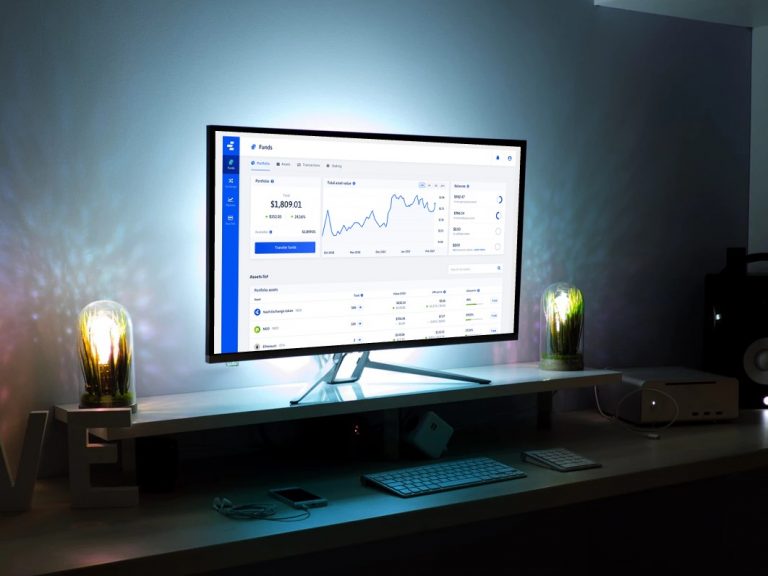2019-4-15 22:00 |
Exchanges are eager to increase their trading volume. Higher volume results in more liquidity, which attracts more traders and ultimately results in higher revenue. Although many in the industry have pointed out the flaws in these metrics, there is evidence that some exchanges are structured to encourage wash trading.
Attracting New TradersA handful of trading platforms have attracted new customers through a number of different schemes. Binance, for instance, launched their native Binance Coin (BNB) to pay for trading fees as well as serving as a reward for testing their nascent DEX platform. The rise of initial exchange offerings (IEOs) on Binance also provided utility for the native token.
For the uninitiated, IEOs are similar to ICOs except instead of the crypto startup launching the offering an exchange handles the venture. The exchange vets the project for quality, promotes the offering on their platform, and handles know-your-customer (KYC) and anti-money laundering (AML) compliance.
Further @fetch_ai (FET) Token Sale Details on #Binance Launchpadhttps://t.co/iOHS0bOYBI pic.twitter.com/73phDo20XD
— Binance (@binance) February 15, 2019
In the case of the Fetch.AI offering in February, investors were required to pay for FET tokens with BNB. The event ended with the purchase of 69 million FET in under 12 minutes. Binance benefited from the exclusivity of the deal, onboarding users to the platform and increasing demand for BNB.
Rewards Instead of FeesAnother, more controversial, technique is called transaction fee mining, or “trans-fee mining.” On most exchanges users must pay fees ranging from 0.25 to 0.75 to conduct trades. However, exchanges that use transaction fee mining operate on a different model. Instead, in this model traders are reimbursed fees in an exchange’s native token.
FCoin, a Chinese cryptocurrency exchange, leveraged this model with impressive results. Traders using the platform are reimbursed 100 percent in the exchange’s native Fcoin token (FT). This allows the exchange to quickly distribute their token without having to go through the arduous ICO process and allows the exchange to post higher volumes on CoinMarketCap, thus attracting more users.
Crypto Exchange Ranks explained how FCoin used trans-fee mining to reach third place for 24-hour trade volume in August 2018 after only five months of operation:
“On Aug 8, noticing the trend of rivals offering more than 100% trade fees reimbursement, FCoin decided to implement their own 10% bonus. That move resulted in nearly [a] 7,000% volume jump to over $2 bln primarily due to the rise in FT/USDT volume.”
The reward scheme also earned the criticism of Changpang Zhao, the CEO of Binance, who wrote on his Weibo account in June of 2018:
“If an exchange doesn’t get revenue from transaction fees and solely profits from the price of its token, how would it survive without manipulating the token price? Are you sure you want to play against a price manipulator? The same price manipulator who controls the trading platform?”
Despite the criticism, it seems the strategy is highly-effective for exchange owners hoping to increase the volumes traded on their platform.
Enter Stablecoin TradingIn an Apr. 8th LinkedIn article, Nick Chong of the Quoine-owned Liquid exchange pointed out yet another method trading platforms use to inflate volumes. Little-known Chinese exchange BitMax was posting suspiciously high trading volumes so Chong investigated.
At current, Tether (USDT) commands the most trading volume on BitMax, but only in trades between two other stable coins—Paxos Standard Token (PAX) and USD Coin (USDC). These volumes are massive, with PAX/USDT pushing $1.3 billion in 24-hour trading volume and USDC/USDT showing similar volume.
Source: CoinMarketCap“Why would anyone trade these stablecoins at such high volumes when all are pegged at 1 US dollar? What is there to gain with little price appreciation or depreciation on buying and selling?”, asked Chong.
It’s important to note that Bitmax, like FCoin, uses its native BitMax token (BTMX) to incentivize trading. At the time of press, the coin is the sixth-most traded asset on the exchange. It is also the number one coin for exchange volume on the exchange in the past 24-hours, seven days, and one-month intervals.
Source: CoinMarketCapThus, what Chong concluded is that users are trading stablecoins at high frequencies to collect rewards in BTMX. These traders then turn around and sell the token at a near profit, generating artificially high volumes on BitMax at little cost to the exchange. While this is profitable to traders in the short term, it poses legitimate problems for stablecoins attempting to position themselves as legitimate alternatives to fiat:
“No precaution is too great when dealing with coins that are actually designed to replace our fiat currencies on a one-to-one basis, and essentially guarantee stability to 1 US dollar or 1 Euro,” cautioned Chong.
Tether posts similar trading volume to Bitcoin at $9.6 billion in 24-hour volumeWhat was once an answer to price volatility has now found a unique niche in boosting exchange volumes. These perverse incentivizes may explain the outlandish trading volumes for stablecoins such as Tether and could provide further insight into the allegedly widespread practice of wash trading in the cryptocurrency industry.
The post How some cryptocurrency exchanges incentivize wash trading appeared first on CryptoSlate.
origin »Open Trading Network (OTN) на Currencies.ru
|
|

















